Dictators in the East and the West recognized early on the Power of the cinema. The literary scholar Peter Demetz explains in a DW Interview, how different are Hitler, Stalin, or Mussolini dealt with the Medium of Film.
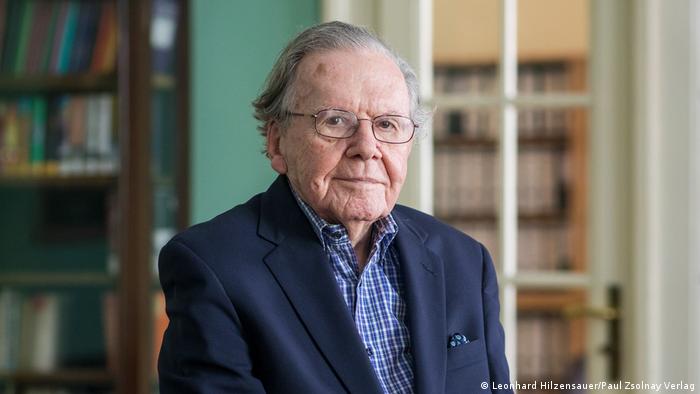
Peter Demetz, 1922 born in Prague, now lives in the USA
“Dictators in cinema: Lenin – Mussolini – Hitler – Goebbels and Stalin” is the name of the new book of American germanists Peter Demetz. 1922 born in Prague, has Demetz German, Czech and Jewish roots. He was known primarily for his literary Work. A less well-known love of him is the cinema. We reach the now 96-year-old who can be contacted by phone at his home in New Brunswick, New Jersey, USA.
Deutsche Welle: In the afterword of your book you write that your wife on your 95. Birthday have prompted to consider this age as a challenge. The you have done and again a book is written. What has the theme of “dictators and a movie” so fascinated?
Peter Demetz: The question has always interested me since my youth. That was the time I (occupied in Brno, city in the Czech Republic, between 1939 and 1945 by the national socialists, note. d. Red.) always went to the movies am. The adults, the parents, have talked about the dictators. I was curious, what took the dictators, how they thought about the cinema, what did you think of the Film.
They write about the ratio of five dictators to the movie and to the cinema. We look, first of all, on the life of Adolf Hitler: who was in the beginning anything other than a cinema fan!
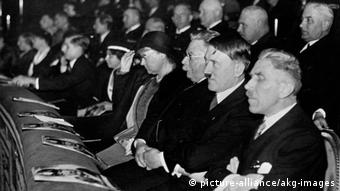
Hitler was late for the cinema, here as a guest of honor at a film screening
Yes, he wasn’t a movie fan. And it took a while before he was to be found in the cinema. That’s for sure. He had a shock. He went as a 16 – or 17-Year-old in a cinema at the Linz train station, in a so-called “enlightenment film”. There he was confronted with Syphilis, Prostitution. That was a shock for him that he mentioned later. Also in the case of a table, in the middle of the war, in 1943.
In the years 1933 to 1939, Hitler saw then but downright manic films, sometimes several a day. Why has he changed his mind about the cinema sometime?
That was, of course, the effect of Joseph Goebbels. But also his own repentance in this matter. He went with his assistant, with his drivers, with whom he was together in Munich in the 1920s, always in the group, even to the cinema. Not just “a beer” or to the cabaret. Then Eva Braun showed up, which was employed by Heinrich Hoffmann (as a photo lab technician, Hoffmann was Hitler’s photographer, Anm. d. Red.).
Hoffmann has invited Eva Braun is always to sit in the cinema next to Hitler. Since then, Hitler was also interested in the cinema. However, only up to the outbreak of the Second world war. From then on, he limited a look at the week and his own role in the week view. His main interest was the Film, so in the years between 1933 to 1939. This is the most intense Film for him.
Goebbels had a completely different approach, already in 1933, he transformed in Germany, the whole film industry. Goebbels, the propaganda of the cinema makes earlier and more conscious?
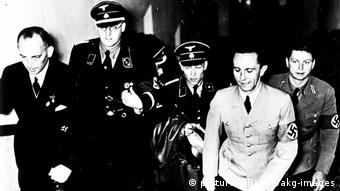
Goebbels used the media as a propaganda tool, here with a visit to the cinema in 1936
But Goebbels is relatively late to the cinema. His first film of note in the diary falls into the year 1924. He writes about Scandinavian silent films, he observed the Gesture of the actor, which is different than in German films. He was then 27 years old. Goebbels, however, have remained the interest in the Film faithful. Because of him, more and more the role of a film censor and the film Minister. In 1933, he became Minister of culture and national education, in this office, he has to draw the German film production in the national socialist spirit, and to organize started.
Both Goebbels as well as Hitler himself, and especially delighted for British and American films, for Hollywood movies. This is frequently described and documented. It’s actually a contradiction to the German propaganda films. How is this explained?
There were several reasons. In the case of Goebbels, it was often the desire to emulate American successes. Him wanted to make war films that were more “civil”. Be a great example of the Hollywood movie “Mrs. Miniver” in 1943. That is, he wanted to see war movies, in which everything in the family runs out in a civil way – not pathetic, but in the family sense. He always had the feeling that he would have to imitate the producers stop, “Mrs. Miniver”. It is him never succeeded. The German war movies were always pathetic – and not so “civil” as the American or English.
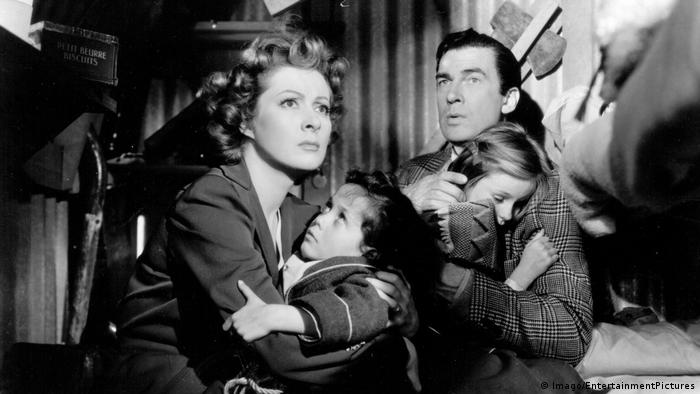
Goebbels was very appreciated in the Hollywood movie “Mrs. Miniver” William Wyler
Hitler added to this is a little different. Hitler was looking for in the cinema. In the case of Hitler, a strong urge for life was “self-knowledge”. One of his favorite movies, for example the Hollywood Film “Viva Villa”, a Film about the Mexican revolutionary Pancho Villa. Hitler saw himself as the people’s revolutionary. Goebbels wanted to show the Film in German cinemas, because this appeared to him as too revolutionary and too dangerous.
In the case of other films, Hitler was looking for a “father-son-conflicts”, because he thought of his own family. The family relationships in the case of Hitler, were very complicated. He was the fourth child of his father’s third marriage. He also thought of the Prussian conflict between the old king and the young king, the young Friedrich. He has found the officers of such conflicts and constellations in the British films about the life of Colonial. Felt British colonial films he’s drawn, because there are conflicts between a conservative father and a less conservative son were treated.
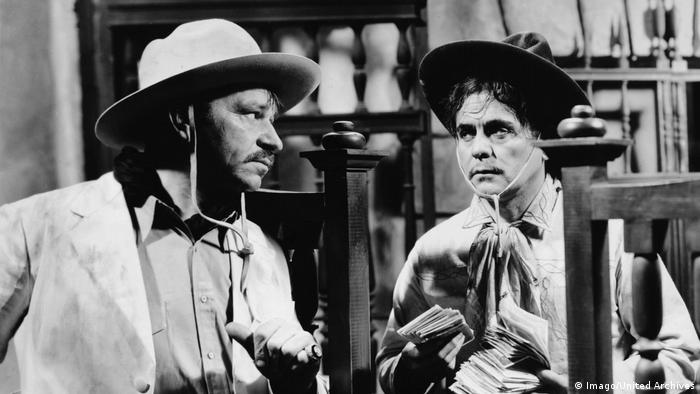
One of Hitler’s favorite movies: “Viva Villa!” by Jack Conway and Howard Hawks, from 1934
Different as the five of them described the dictators dealt with the image of the own Person as in the movies. Some wanted to see in a very direct and heroic on the canvas…
There was a big difference. In Italy were not look rotated under Benito Mussolini, no game movies, in which Mussolini appeared as a Mussolini (so in the week to see where the Duce in swimming shorts, on the beach of Riccione). Rather, it was movies that took the picture of the dictator, so to speak, iconic as that of Scipio Africanus, but Mussolini himself was never.
In Italy, it was also a whole series of films about a “helpful giant” who helped the good people always. These were the so-called “Maciste”movies (the one from the Italian writer Gabriele D’annunzio invented heroes figure with Herculean forces of Carthage; between 1914 and 1926, created 25 films, Anm. d. Red.). The movies were where everyone went, if he went that Maciste is a picture of Mussolini. But he was never called by name.
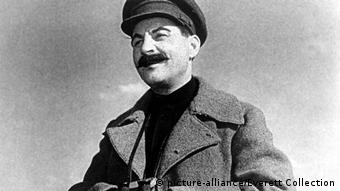
He played Stalin in the Film: the actor Mikheil Gelovani, here in the “Pokhod Voroshilova” 1942
In the Soviet Union they used a different approach?
Lenin had it banned originally, he occurred himself as a character. He forbade a biographical presentation. But that did nothing to him. As soon as he had blessed the Time, seized the film people of his figure and made him a biographical movie character: He was simply placed on the film stage. Primarily at the request of Stalin, which appeared then as the “perfecter” of Lenin’s work.
Stalin himself was in the movies in a very direct stage, for example, in the classic Berlin-Film “The fall of Berlin”: Stalin comes with the plane (which he personally shunned, he came with the train) as a liberator of Berlin. As Stalin, and not as a differently named character. This is a Soviet speciality, which does not occur otherwise in the dictatorships-movies – only in the Soviet Union.
The conversation with Peter Demetz, Jochen led Kürten.
Peter Demetz: dictators in the cinema: Lenin – Mussolini – Hitler – Goebbels and Stalin; Zsolnay publishing house; 256 pages; ISBN 978 3 552 05928 3.